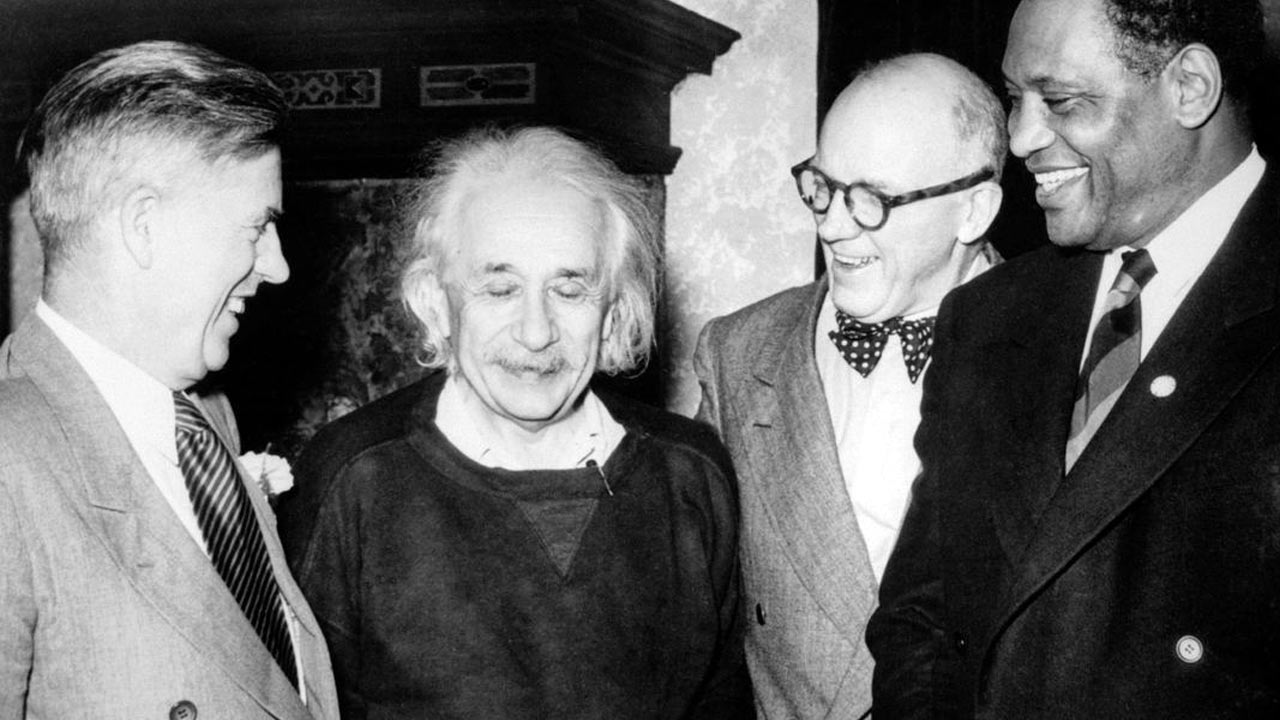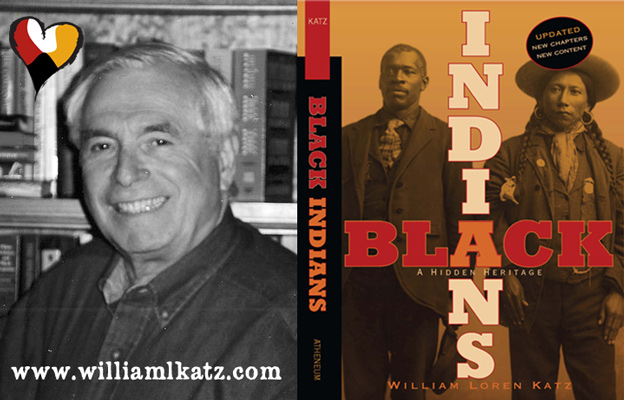Recognized as TIME magazine’s “Person of the Century” in 1999, Einstein’s intellect, coupled with his strong passion for social justice, left the world with infinite knowledge and pioneering moral leadership.
Einstein and Racism in America
In 1946, Albert Einstein, the Nobel Prize-winning physicist traveled to Lincoln University in Pennsylvania, the alma mater of Langston Hughes and Thurgood Marshall, and the first school in America to grant college degrees to Black Americans.
Invited to Lincoln to receive an honorary degree, Einstein gave a lecture on physics but also bluntly addressed the racial animus that held the country in its grip, reportedly calling racism, “a disease of white people” and saying he “did not intend to be quiet” about his opposition to segregation and racist public policy.
The reason Einstein’s visit to Lincoln is not better known is that it was virtually ignored by the mainstream press, which regularly covered Einstein’s speeches and activities. (Only the black press gave extensive coverage to the event.) Nor is there mention of the Lincoln University visit in any of the major Einstein biographies or archives.

Dr. Albert Einstein, Physicist, of the Institute for Advanced Studies at Princeton University, talks with a group of students at Lincoln University before receiving an honorary doctorate there in May 1946. Photographer: Mosley, John W.
“Racism is America’s greatest disease, racism is a disease of the white man.”
~Albert Einstein
Read Also: Paul Robeson, an American trailblazer ahead of his time
Einstein formed relationships with several prominent Black leaders—inviting opera singer Marian Anderson to stay in his home after she was refused a room at the Nassau Inn and appearing as a character witness for W.E.B. Dubois when the latter stood accused of “failing to register as a foreign agent.” But it was his 20-year friendship with Paul Robeson that seems central to his involvement in civil rights causes.
“As for the Negroes this country still has a heavy debt to discharge for all the troubles and disabilities it has laid on the Negro’s shoulders; for all that his fellow-citizens have done and to some extent are still doing to him. To the Negro and his wonderful songs and choirs we owe the finest contribution in the realm of art which America has so far given to the world.
And this great gift we owe, not to those whose names are engraved on this ‘Wall of Fame’ but to children of the people, blossoming namelessly as the lilies of the field. There is … a somber point in the social outlook of Americans … Their sense of equality and human dignity is mainly limited to men of white skins.
Even among these there are prejudices of which I as a Jew am dearly conscious; but they are unimportant in comparison with the attitude of ‘Whites’ toward their fellow-citizens of darker complexion, particularly toward Negroes. … The more I feel an American, the more this situation pains me. I can escape the feeling of complicity in it only by speaking out.”
–Albert Einstein
The Harvard Gazette offers a comprehensive summary of Einstein’s support of progressive anti-racist causes, including his personal support of members of Princeton’s Black community (he paid one man’s college tuition), a town Princeton native Paul Robeson once called “the northernmost town in the south.” The Harvard Gazette writes:
Einstein met Paul Robeson when the famous singer and actor came to perform at Princeton’s McCarter Theatre in 1935. The two found they had much in common. Both were concerned about the rise of fascism, and both gave their support to efforts to defend the democratically elected government of Spain against the fascist forces of Francisco Franco. Einstein and Robeson also worked together on the American Crusade to End Lynching, in response to an upsurge in racial murders as black soldiers returned home in the aftermath of World War II.

Einstein enjoyed a 20-year friendship with African-American civil rights leader and actor Paul Robeson (far right). Also shown are former vice president Henry Wallace (left) and Lewis L. Wallace of Princeton University (second from right). (Bettmann / Getty Images)
“Most of the major states of history owed their existence to conquest. The conquering peoples established themselves, legally and economically, as the privileged class of the conquered country. They seized for themselves a monopoly of the land ownership and appointed a priesthood from among their own ranks. The priests, in control of education, made the class division of society into a permanent institution and created a system of values by which the people were thenceforth, to a large extent unconsciously, guided in their social behavior.”
–Albert Einstein
Albert Einstein and the mysteries of science
Albert Einstein was born in Ulm, Germany on March 14, 1879. As a child, Einstein revealed an extraordinary curiosity for understanding the mysteries of science (started only at age 10/11). A typical child (only to his socio-economic class — educated middle class), Einstein took music lessons, playing both the violin and piano — a passion that followed him into adulthood. Moving first to Italy and then to Switzerland, the young prodigy graduated from high-school in 1896.
In 1905, while working as a patent clerk in Bern, Switzerland, Einstein had what came to be known as his “Annus Mirabilis” — or “miracle year”. It was during this time that the young physicist obtained his Doctorate degree and published four of his most influential research papers, including the Special Theory of Relativity.
In that, the now world-famous equation “e = mc2” unlocked mysteries of the Universe theretofore unknown.
Ten years later, in 1915, Einstein completed his General Theory of Relativity and in 1921 he was awarded the Nobel Prize in Physics (iconic status cemented in 1919 when Arthur Eddington’s expedition confirmed Albert Einstein’s prediction).
Read Also: Paul Robeson, an American trailblazer ahead of his time
Albert Einstein emigrated to the United States in the autumn of 1933 and took up residence in Princeton, New Jersey, and a professorship at the prestigious Institute for Advanced Study.
It also launched him to international superstardom and his name became a household word synonymous with genius all over the world. Today, the practical applications of Einstein’s theories include the development of the television, remote control devices, automatic door openers, lasers, and DVD-players.
Source: Based on materials compiled from The Harvard Gazette and “Einstein on Race and Racism” by Fred Jerome (Author), Rodger Taylor (Author)






